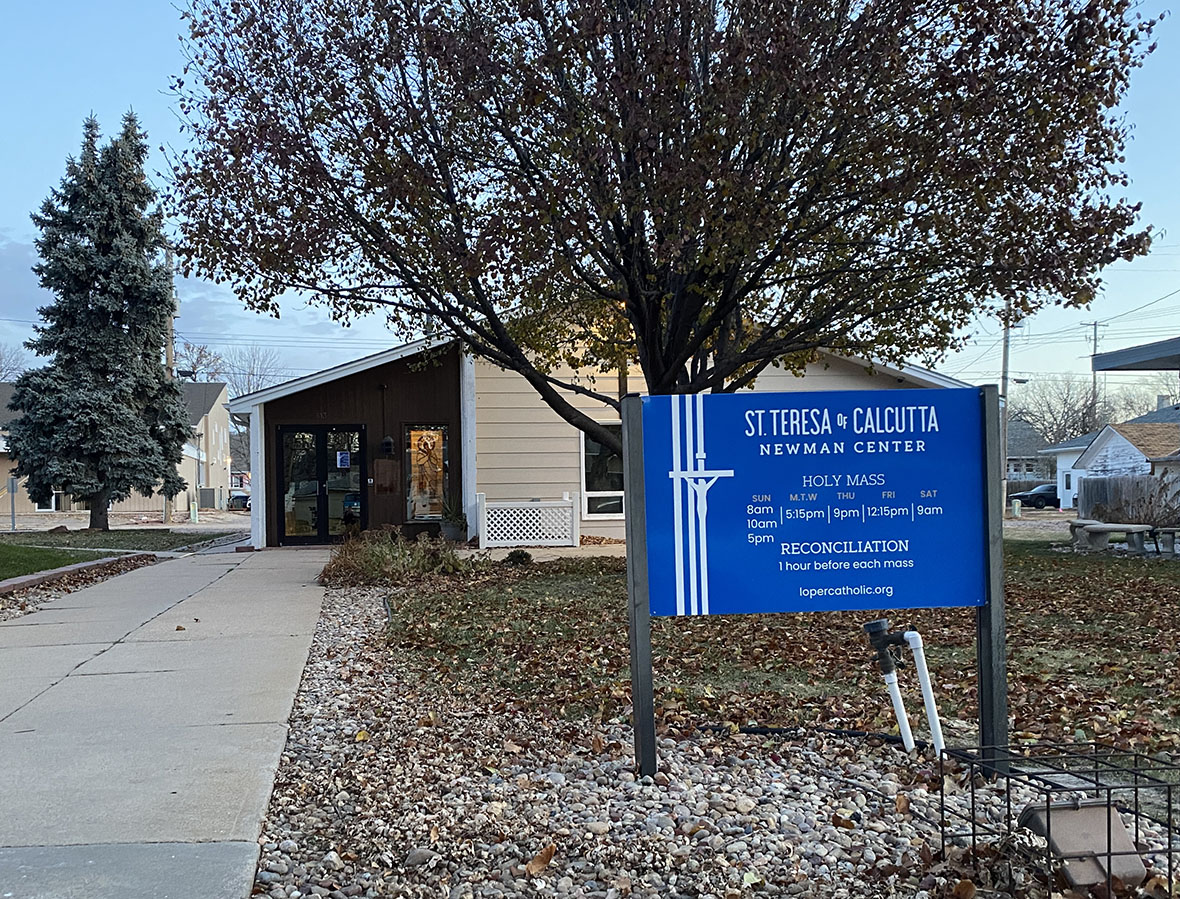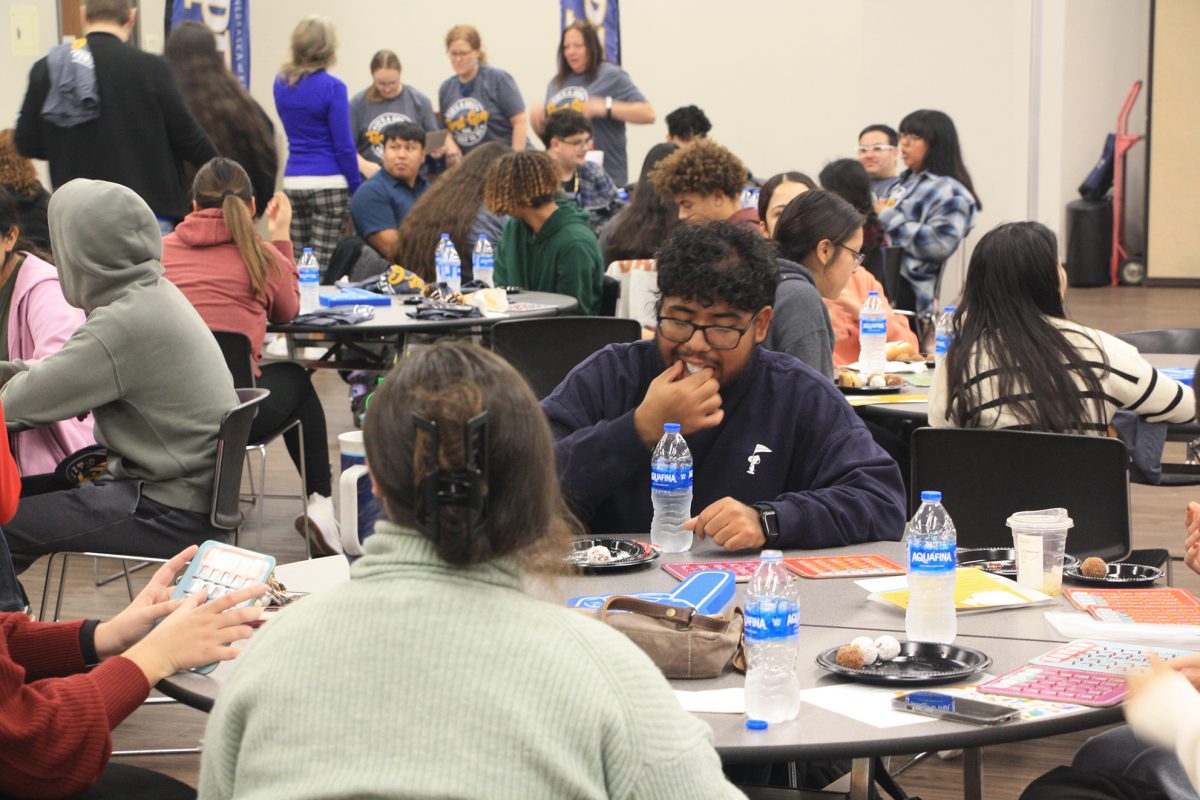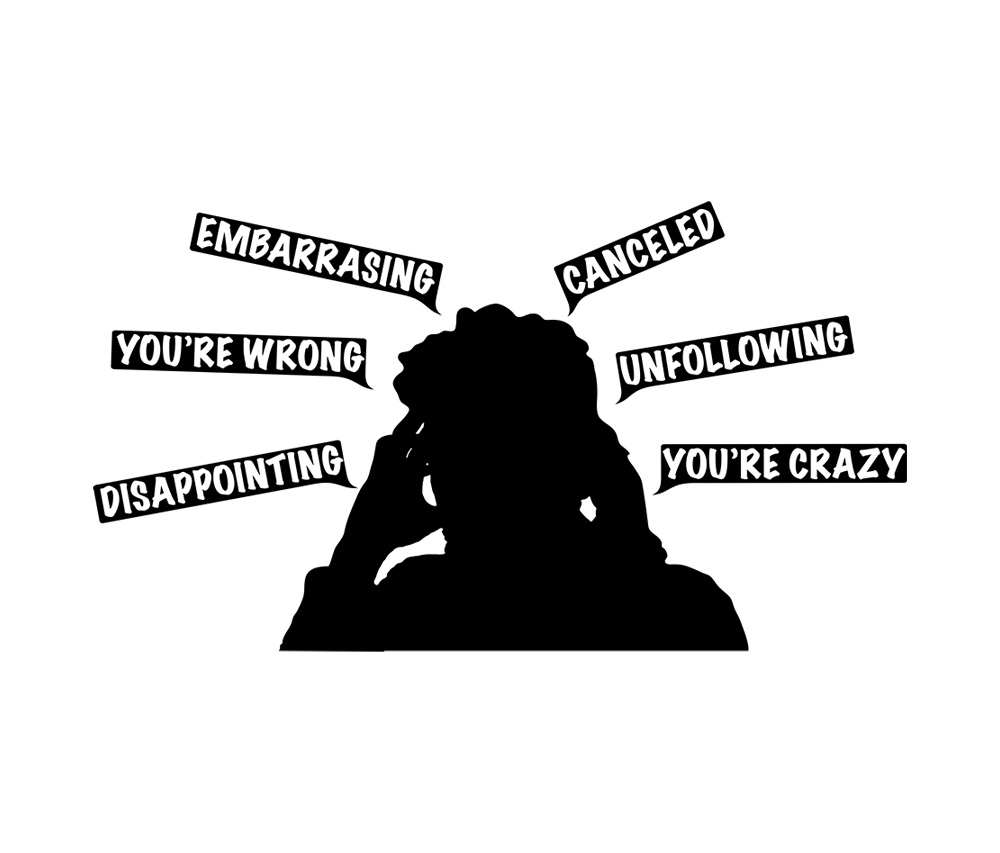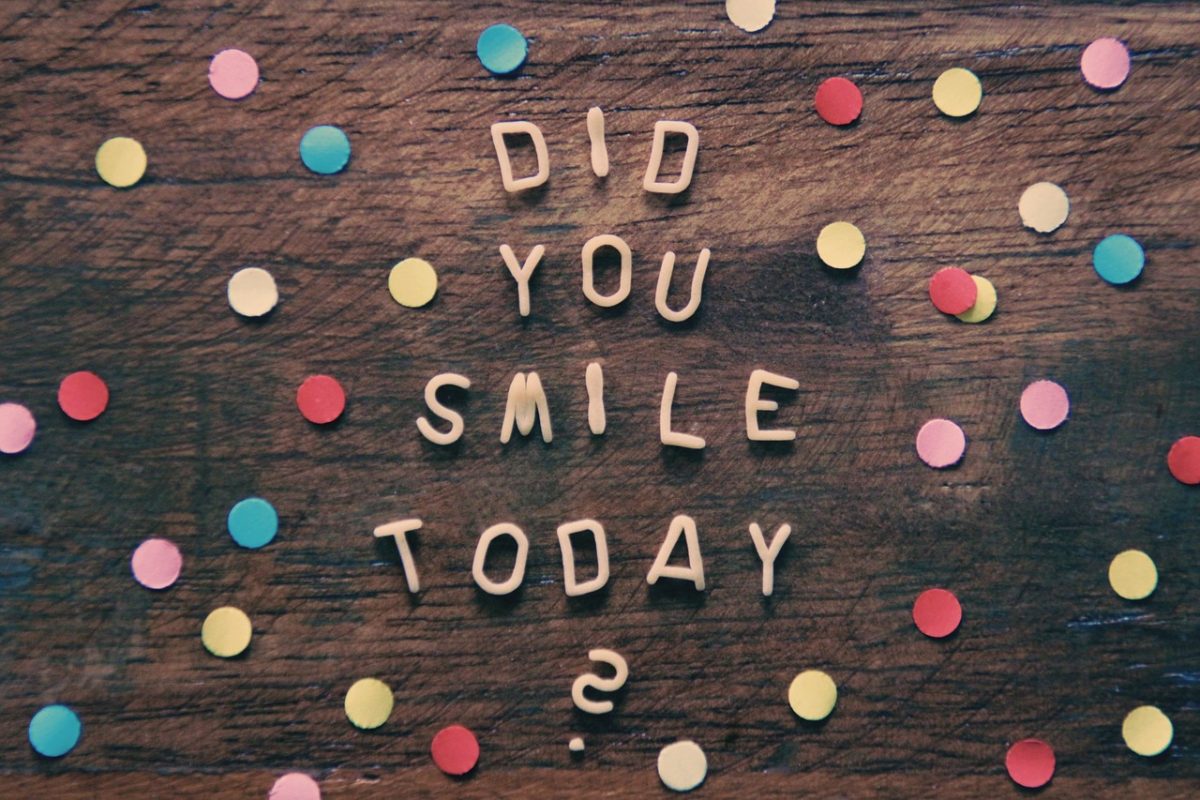BRAYDON CONELL
conellbt@lopers.unk.edu
Following a lawsuit from the Federal Trade Commission, YouTube is announcing new compliance measures for creators to remain within the confines of the law. The new guidelines have been called out from various creators for free speech violations and discrimination.
The Children’s Online Privacy Protection Act, or COPPA, was enacted by Congress in 1998 to limit the collection of private information and data from children without their parent’s consent. In the U.S., children are defined as those under the age of 13.
The FTC’s first set of compliance guidelines came out in April 2000 and have been in effect until YouTube was sued by the FTC which ended in a $170 million settlement on Sept. 4. This is the largest penalty the FTC has ever obtained in a COPPA case.
“Not only can we sue Google and YouTube for compliance with COPPA but also individual channel owners and content creators,” said Andrew Smith, Director of the FTC’s Bureau of Consumer Protection, in a press conference.
The deadline for comment on the rule to the FTC was originally set for Oct. 23 but was extended to Dec. 9.
According to COPPA, if a site is primarily directed to children, it will have at least two of the following three factors present: subject matter, presentation and/or interactivity. The definitions for these factors come from the FTC’s survey on compliance from April 2002.
Subject matter is defined as that which is appealing to children. This rule is vague for both content creators and staff that flags these sites.
The FTC gives kids’ jokes, music, kids’ games, video/computer games, children’s tv shows or stars, cartoon characters, sports, stories, toys, children’s books, fantasy, children’s arts and crafts, pets, products primarily purchased or consumed by kids like snack food or cereal as examples.
But these can also be appealing to people who are not children. I, for one, am nearly 21 years-old and enjoy “music”, still eat my fair share of cereal in the morning and play video games. What this rule fails to define is how to determine how these things only apply to children.
Presentation is defined as the language of the web site being simple enough for children to understand through short, colorful descriptions, slang and pop culture phrases. Headlines of news, YouTube videos, book titles and more use these short, colorful descriptions to catch the attention of viewers of all ages, not just children. Further, this factor includes use of characters, the age of models, whether advertising is directed toward children, and if audio content is appealing to children.
Interactivity is whether the site hosts interactive child-oriented activities and incentives such as surveys/polls, prizes, contests, posting winners’ home pages, etc.
You do not have to look far to see all of these activities on YouTube. Katie Carson of Royalty Soaps has “Question of the Day” polls in nearly all of her videos. Any number of YouTubers have prizes and giveaways on their channel. And Safiya Nygaard thanks one of her subscribers for watching at the end of each video. Are these activities targeting children or are they just being used as a means of communication and interaction between creator and viewer? COPPA would say they are all directed toward children.
“Back in September, we shared the steps we are taking to reach a recent settlement with the US Federal Trade Commission that will help creators comply with the Children’s Online Privacy Protection Act (COPPA) and other applicable laws,” said Lauren, Head of Family Partnerships at YouTube.
To stay in compliance, YouTube has set up new steps for creators when publishing videos. All creators are required to mark whether their videos are made for kids or not. In addition to this setting, YouTube will use a machine learning system to identify videos that are clearly made for kids or creators who are abusing the ability to mark their own videos.
“In most cases, we will use your audience setting to determine if your video is made for kids.” Lauren said. “But, regardless of where you’re based, COPPA generally applies.”
Starting in January, channels marked as “Made for Kids” won’t have stories, the community tab, the notification bell or viewer ability to Save to Watch Later or Save to Playlist. Additionally, comments are disabled, no personalized ads will be shown to viewers greatly decreasing creator revenue, and the video is neither searchable nor recommended.
Content that will be flagged by the new system include gaming, cartoons, animation, toys, art and crafting channels.
This is where Jackie from NerdECrafter created a video to educate viewers and stand up for crafting channels.
NerdECrafter is from Canada but is also going to be affected by COPPA. Her channel does views on craft items, kits, and supplies so those with buying power (aka parents) can make informed buying decisions.
“Things like dolls, squishies, and craft kits will be child-appealing,” said NerdECrafter. “This is where the line between family-friendly and child-appealing become very blurry.”
NerdECrafter also calls out the FTC for potentially hurting female creators with this new rule. She uses the terms “female-type” and “male-type” hobbies to clarify. She is not reinforcing gender roles but is identifying the types of crafts that would be targeted.
Many crafters use power tools in their art which society sees as a “male-type” hobby. These channels would not be targeted. But crafters that fall under the “female-type” hobby, would be the ones that suffer because their art is considered child-appealing.
“The FTC is putting female-type content as childish,” NerdECrafter said.
These accusations may put this new rule in a tricky situation. How far is the FTC allowed to go to ensure compliance with COPPA by sacrificing creators’ freedom to publish what they want? What will discrimination concerns like those raised by NerdECrafter mean for the future of YouTube and the legality of the new compliance rules?































